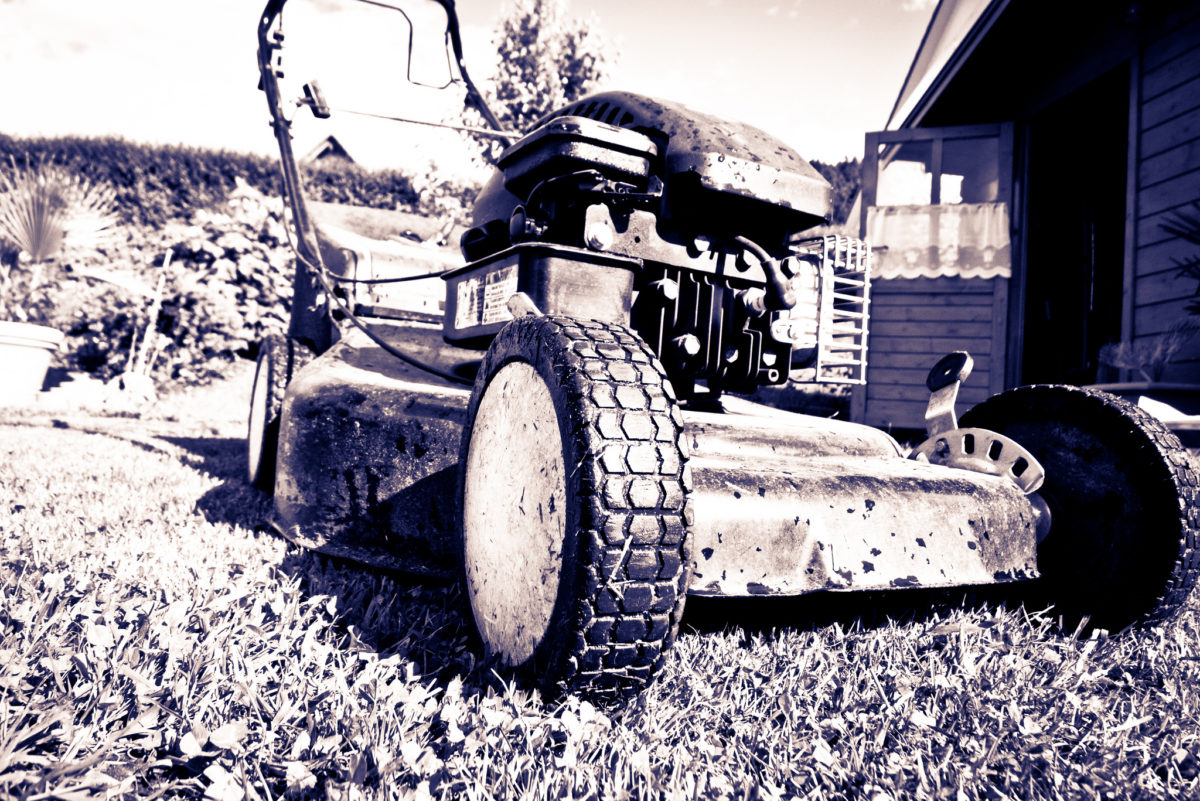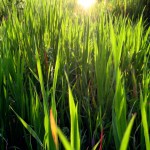
This summer, now approaching its end, was another hot one with temperatures hovering just over 90° all season. But just because summer is coming to an end doesn’t mean that your lawn care is too. Follow these tips for your lawn now to give you a leg up when spring rolls around.
As the summer closes and autumn approaches, you’re probably counting down the days until lawn care is a thing of the past. But autumn, many lawn care professionals agree, with its cooler temperatures and occasional rainfall, is an excellent time to ready your lawn for next spring.
Many homeowners believe that because the grass is growing more slowly the lawn doesn’t need as much care. Well, contrary to popular belief, the opposite is fact. Especially depending on your type of grass.
If you’ve planted a cool-season grass then your lawn may be just now be approaching its growing season. And if you’ve planted a warm-season grass then your lawn is busily absorbing energy, moisture, and nutrients in preparation for its winter dormancy. In either event, give your lawn a little attention now and you’ll be pleasantly surprised in the spring with a lush, healthy lawn. Just follow these six tips.
Keep On Mowing

Don’t put that mower away just yet. Grass continues to grow until the first hard frost, and will need regular cuts to keep it at its ideal height. Letting your grass grow too long will result in it matting and will be vulnerable to fungi like snow mold. And cutting it too short is just as bad because it curtails the root system – root depth is proportional to cutting height – and impedes the lawn’s ability to maintain itself throughout the duration of winter cold and dryness.
Now with all of that being said, as the first hard frost approaches its best practice to drop the mower’s blade to a lower setting for the last two mowings of the year. This allows more sunlight to reach the crown of the grass, and there will be less leaf to turn brown during the winter. Also, it will allow the grass to conserve its energy during winter dormancy.
*Pro tip: As you lower the mower blade, remember to only cut off ⅓ of the grass blade at a time to avoid shock and sickness. Depending on the length of your grass it might be best to do this gradually.
However, if you have a cool-season grass remember that it’s likely still growing and will still need to be maintained as needed.
Aerate Your Lawn
Fall is regarded as an optimal time to aerate your lawn in order to ensure ample amounts of water, air, and nutrients reaches the root system. Over time, your lawn’s soil can become compacted and covered with thatch, a thick layer of roots, stems, and debris. It’s best practice to remove this once a year. Aerating is a process that involves perforating the lawn with tiny holes by removing small plugs, thus alleviating the soil compaction. Aeration and can be combined with overseeding, topdressing, or fertilizing for even better results.
Remove The Leaves

Piles of colorful autumn leaves may be visually appealing and a heck of a lot fun to play in, but they’re no good for grass. A thick layer of leaves on the lawn can actually suffocate the grass, blocking light and trapping moisture. So make sure to take care of the leaves as they fall if you want a lush, green lawn in the spring. Regularly mowing with a mulching mower is a healthy alternative if you don’t feel like raking up mounds of leaves at a time. Mulching the leaves back into the lawn can actually act as a natural fertilizer. But the leaves need to be nice and chewed up before being spit back into the lawn.
Fertilize For Future Growth
Most lawn care professionals agree: If you fertilize your lawn only once a year, best to do it in the fall. Grass leaves growth slows down as the weather cools, but the root system and rhizomes continue to grow quickly. (A rhizome is, by definition, a continuously growing horizontal underground stem that puts out lateral shoots and adventitious roots at intervals.) Applying fertilizer in the fall supplies the lawn with essential nutrients for the grass to grow deep roots and hold on to the nutrients until the spring.
Wait until mid-to-late fall to apply a granular fertilizer to your lawn; be careful not to neglect the bare spots. For optimum coverage, use a drop spreader and alternate your walking path.
These are the only 4 fall lawn care tips that really matter for homeowners looking for a green, vibrant spring lawn. Have questions about fall lawn care in Kansas City? Visit our Kansas City lawn care page or share your thoughts in the comments section below.





